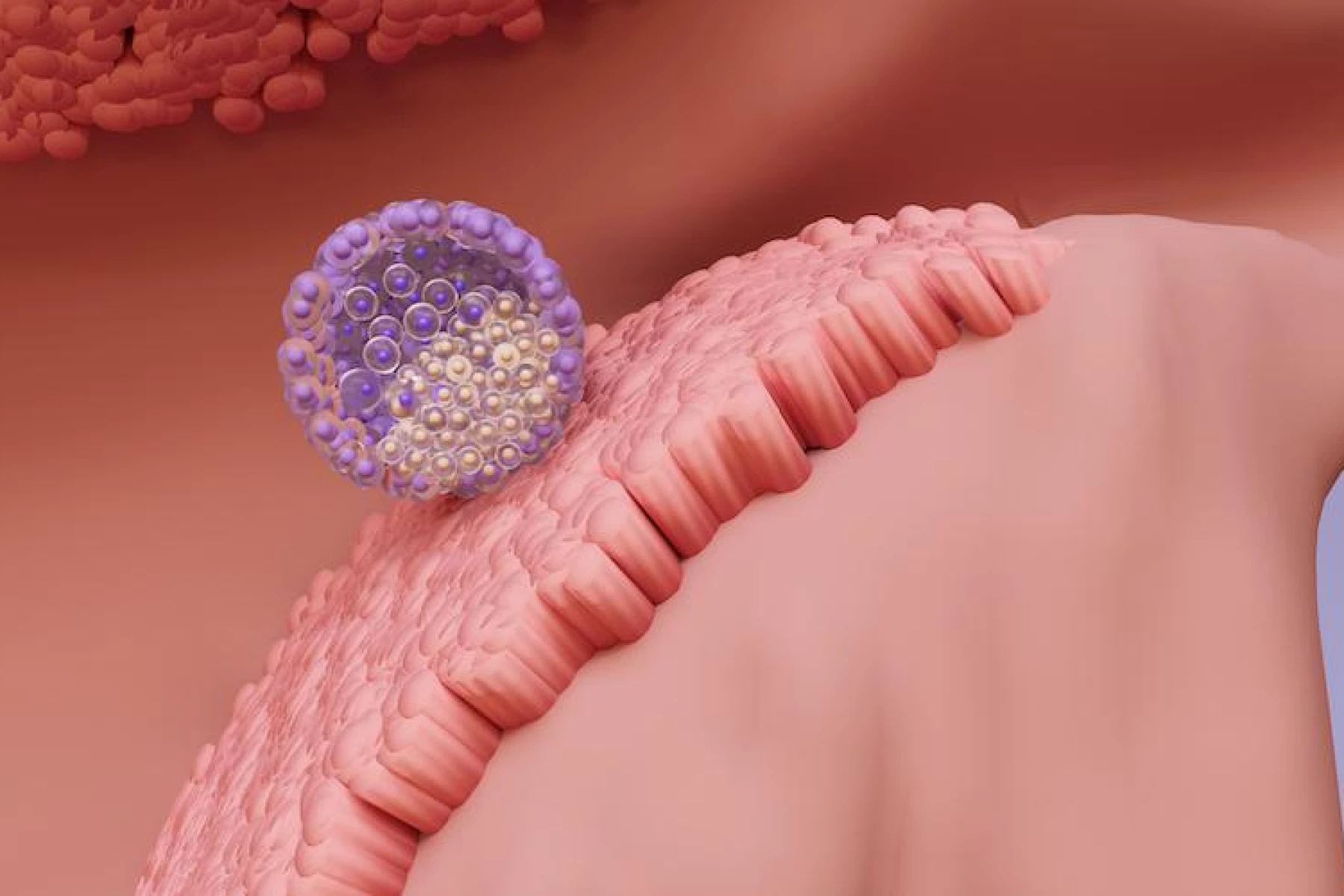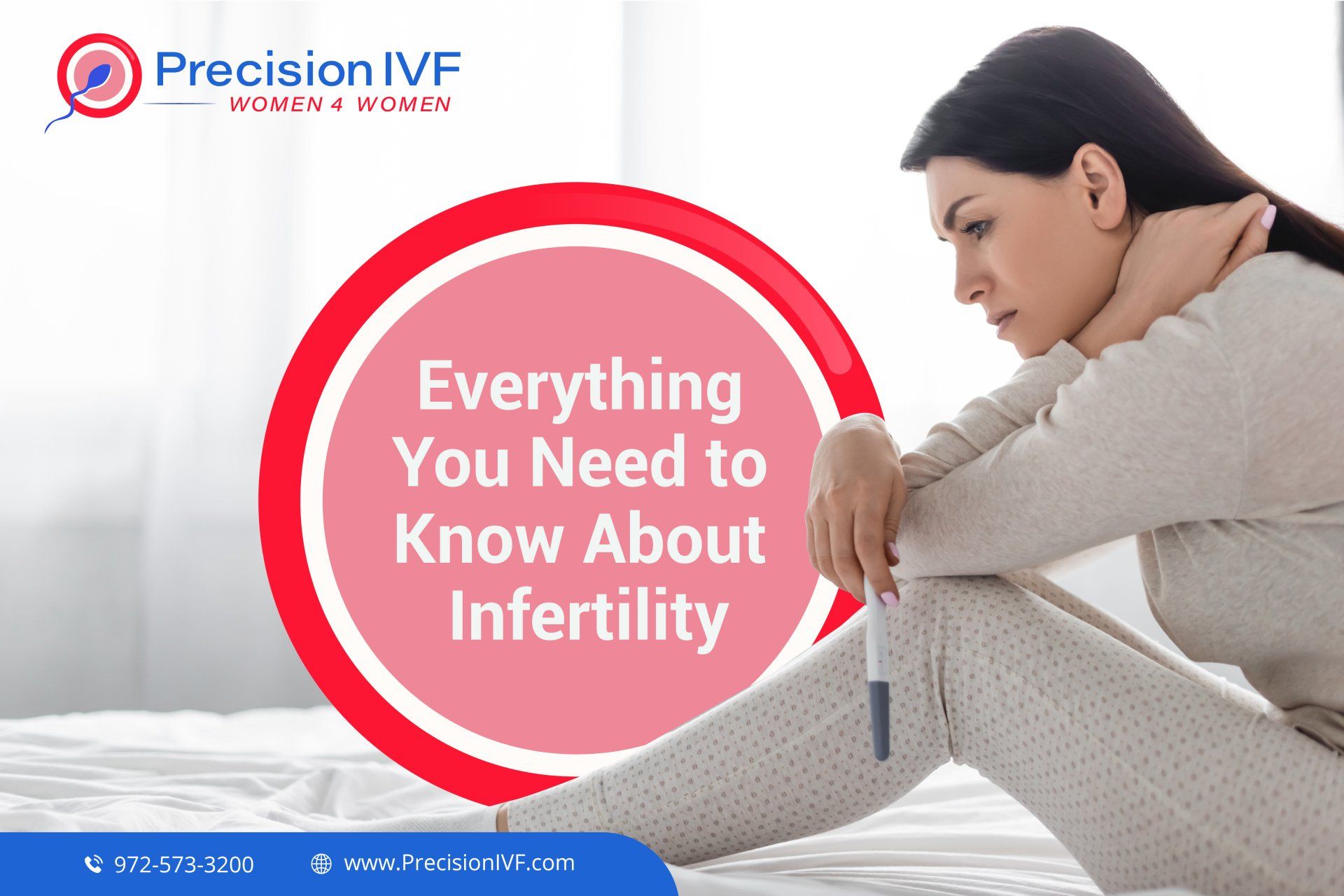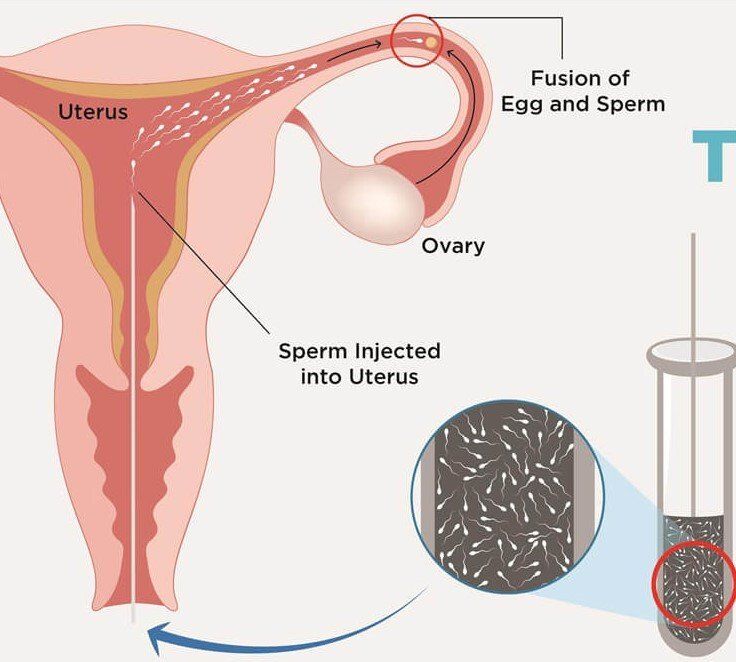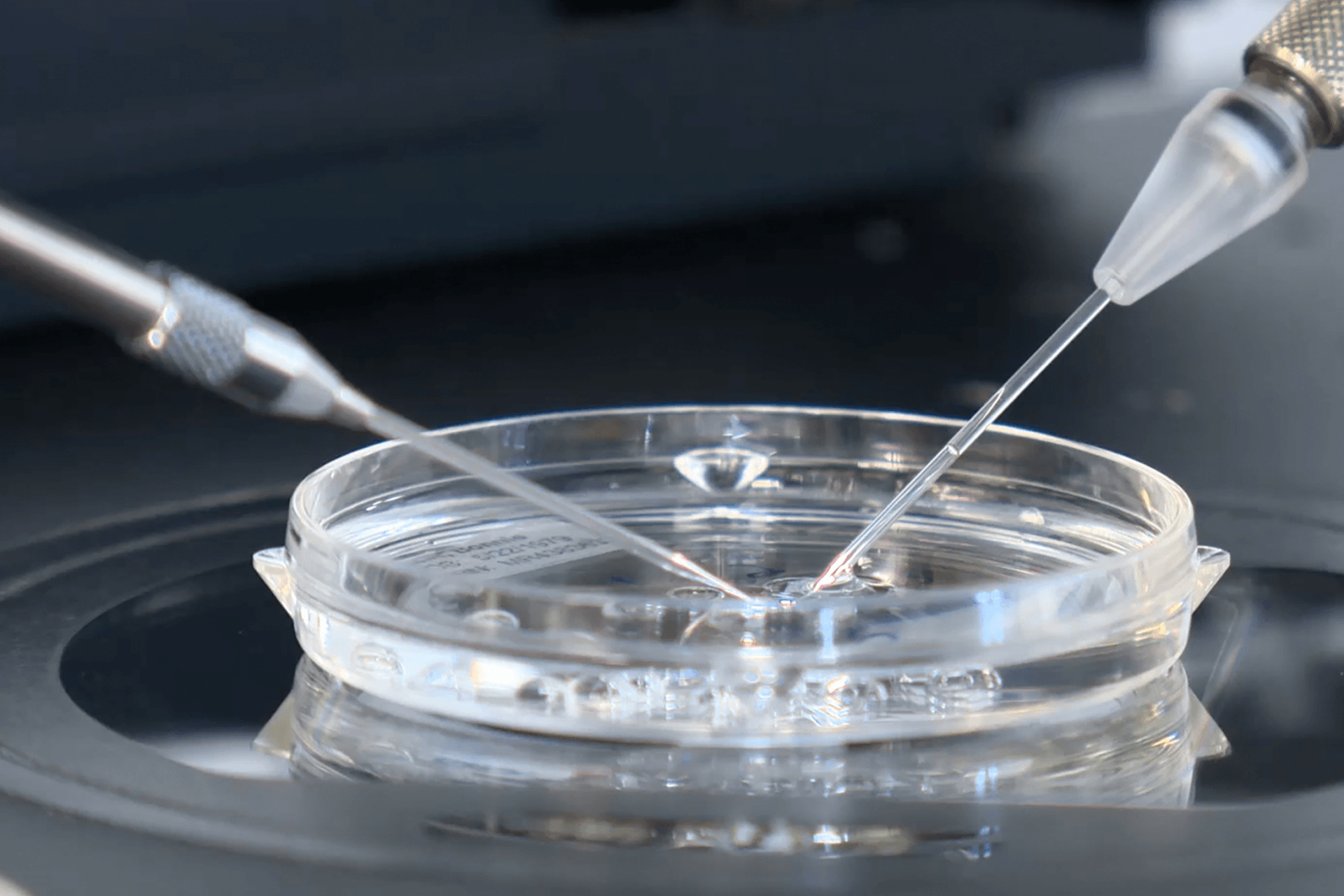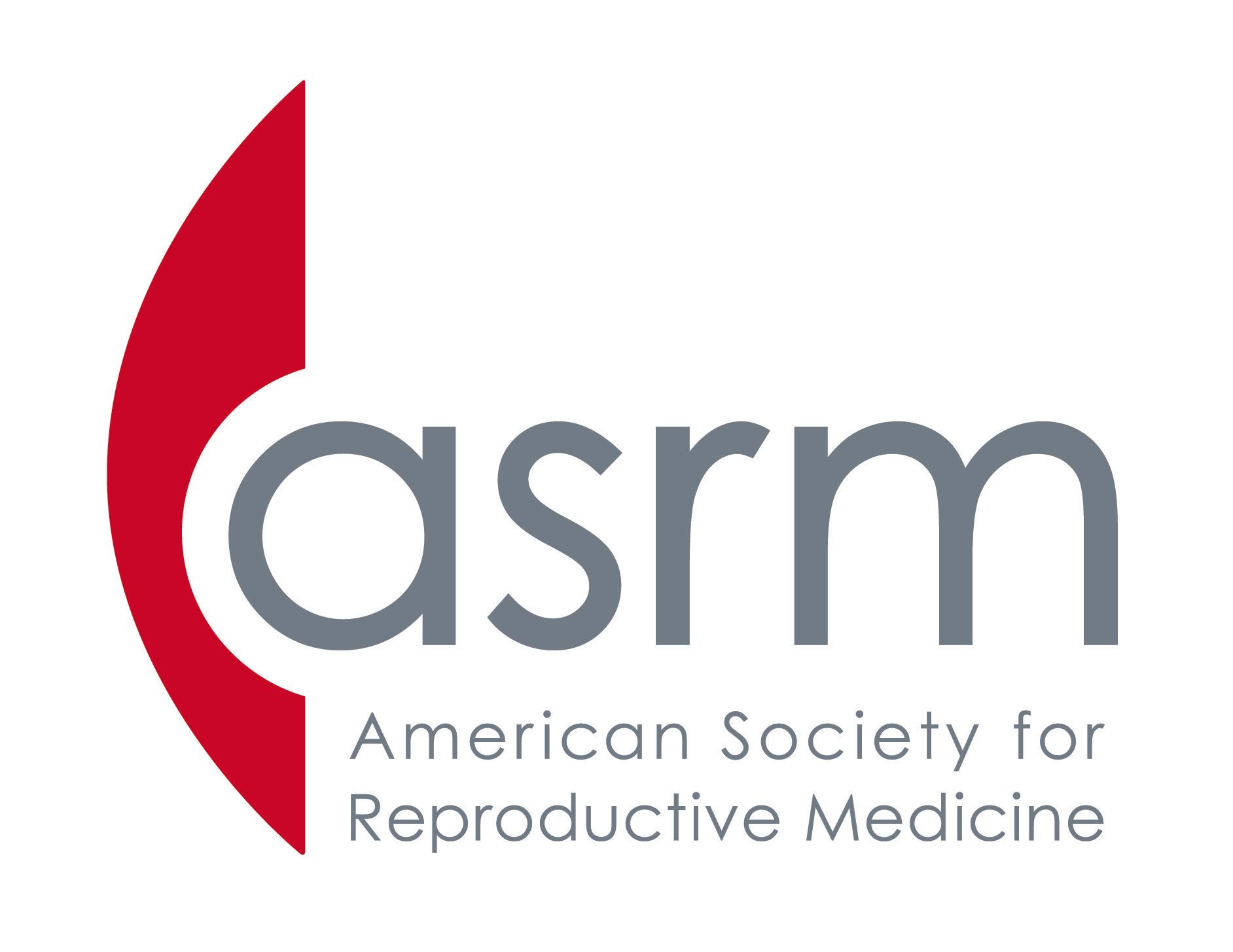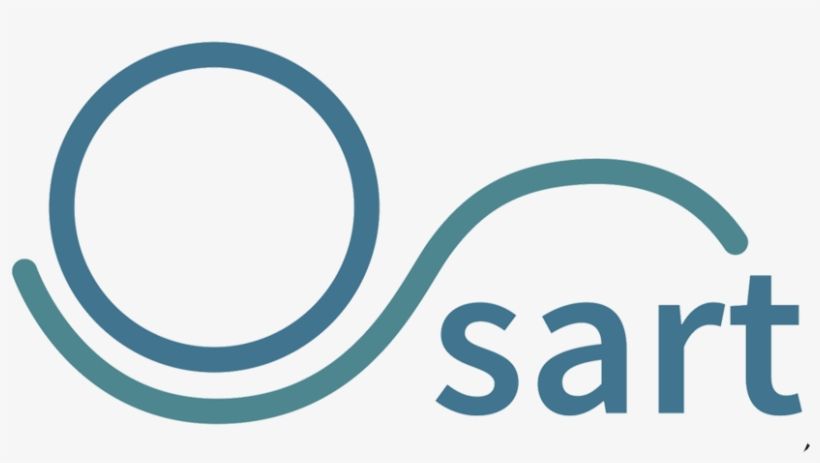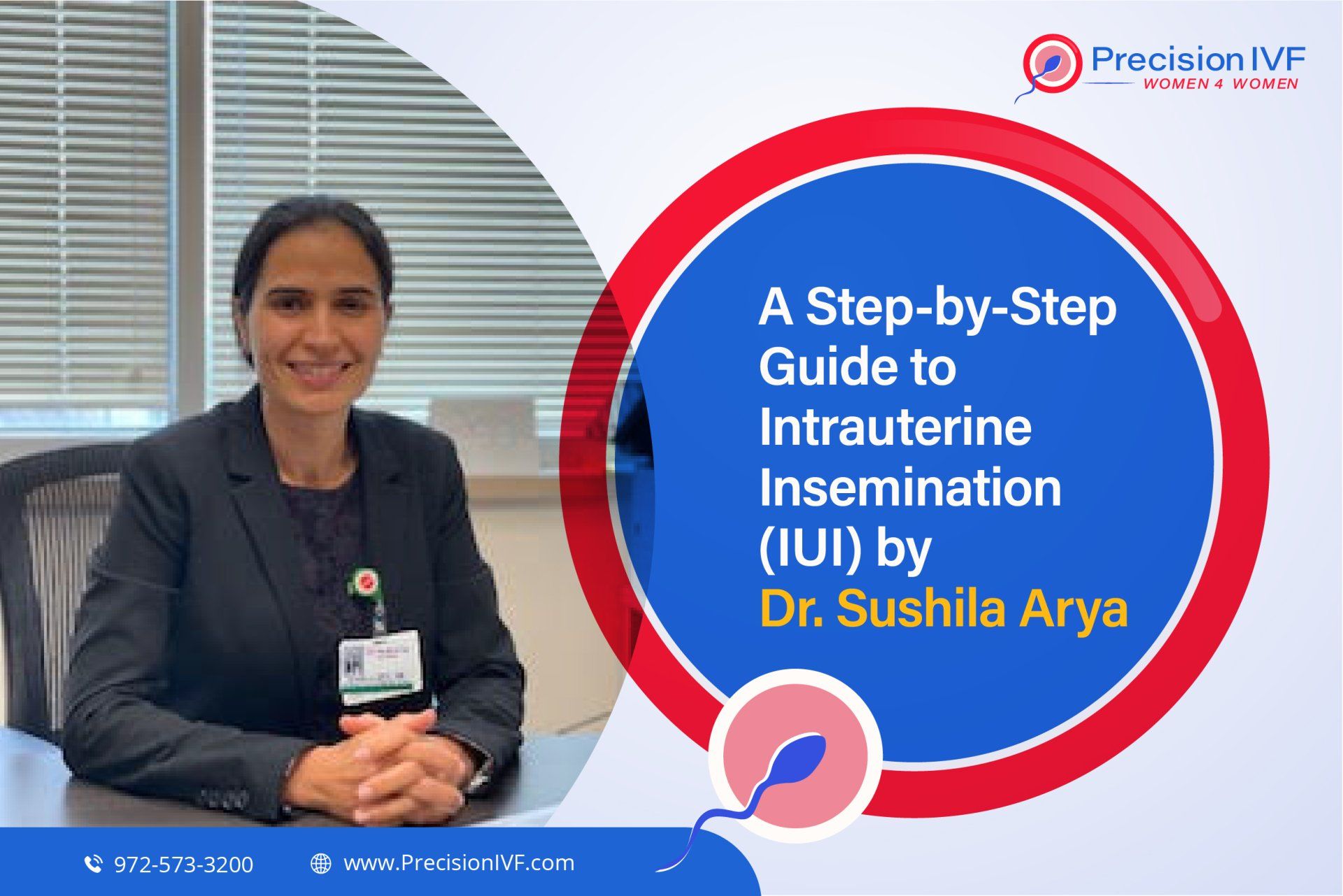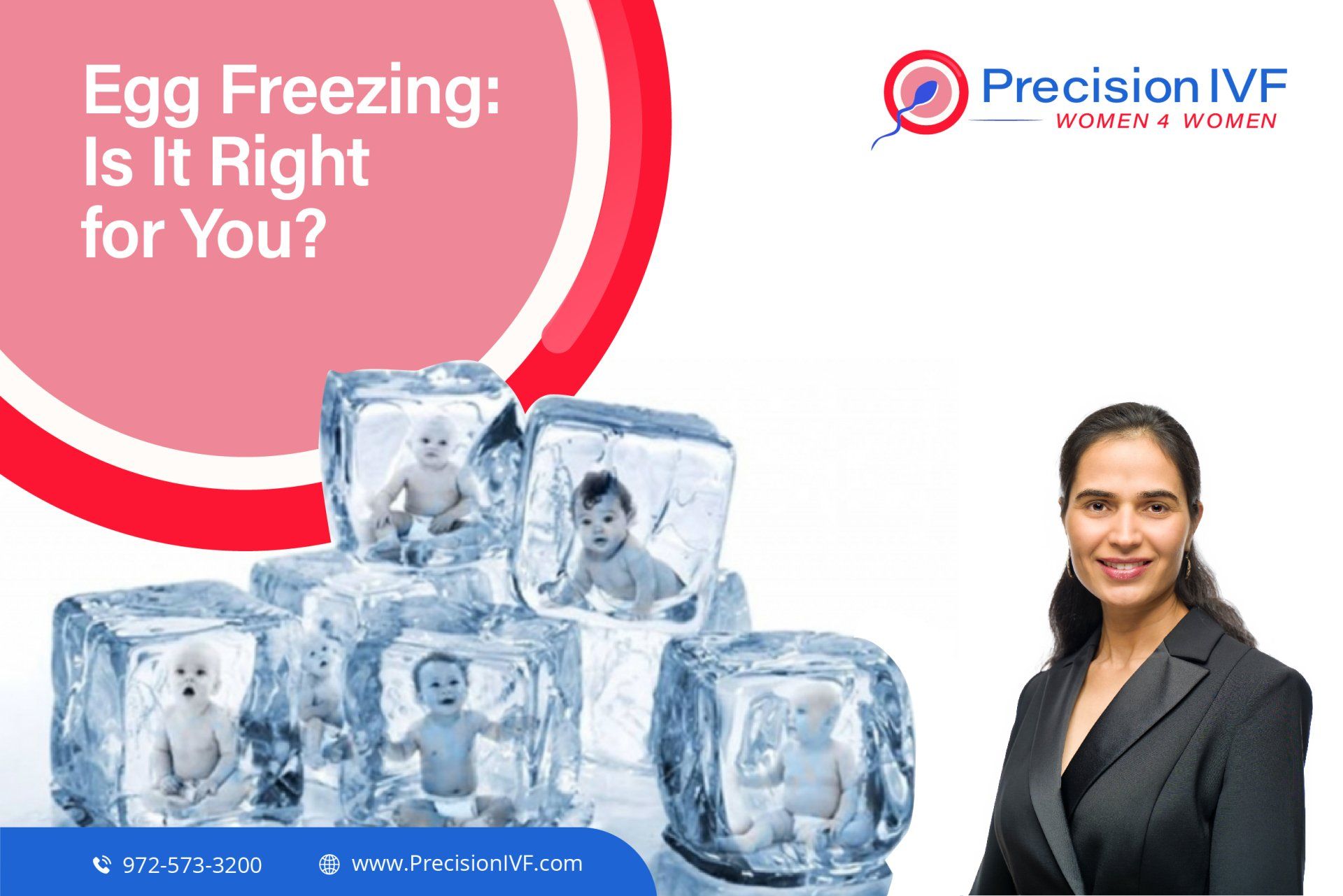patient resources
- Age and Fertility
- Adoption: Where to Start and What to Think About
- Abnormalities of the Female Reproductive Tract (Müllerian Defects)
- Am I Ovulating?
- Are Vaccinations a Good Idea If I'm Trying to Get Pregnant?
- Assisted Reproductive Technologies (booklet)
- Bioidentical Hormone Therapy
- Can I Freeze My Eggs to Use Later If I'm Not Sick?
- Cancer and Fertility Preservation
- Diagnostic Testing for Male Factor Infertility
- Diagnostic Testing for Male Factor Infertility
- Diagnostic Testing for Female Infertility
- Fibroids and Fertility
- Gamete (Eggs And Sperm) And Embryo Donation
- Hormonal Contraception
- Hydrosalpinx
- Hyperprolactinemia (High Prolactin Levels)
- Hypothyroidism and Pregnancy: What Should I Know?
- Hysterosalpingogram (HSG)
- Infertility Counseling and Support: When and Where To Find It
- Intrauterine Adhesions: What Are They?
- Intrauterine insemination (IUI)
- Insulin-sensitizing Agents and Polycystic Ovary Syndrome
- Male Infertilty Evaluation: What Do I Need To Know?
- Optimizing Male Fertility
- Polycystic Ovary Syndrome (PCOS)
- Saline Infusion Sonohysterogram (SHG)
- Side Effects of Injectable Fertility Drugs (Gonadotropins)
- Smoking and Infertility
- Stress and Infertility
- Testosterone Use And Male Infertility
- What is premature ovarian insufficiency (also called premature ovarian failure)?
Brief overview of what to expect on your first visit with your fertility specialist:
After making your first appointment with us at Precision IVF, you will receive a welcome packet emailed to you. This packet contains information confirming your appointment, directions to our clinic and important medical forms that will need to be completed prior to your first appointment.
Much of the first appointment is spent reviewing your history and past medical records. We need you and your partner to complete and fax your record release at least 2 days prior to your first appointment. If you cannot access them beforehand please bring your medical records with you.
After you have completed your initial consultation we will also discuss cost, insurance coverage and possible payment options tailored to your treatment plan. We work with every patient and couple to find the best financial solution to their treatment plan.
On the day of your appointment we ask that you arrive 15 minutes before your scheduled appointment time.
Please complete and bring the following to your appointment:
- Insurance card and insurance coverage information
- Driver’s license or photo ID
- Completed forms through your portal (you will get the link after scheduling your appointment)
- Insurance co-payment or self payment
- We accept cash, personal check, MasterCard or Visa.
Our Partners
SART
Society for Assisted Reproductive Technologies
https://www.sart.org/patients/a-patients-guide-to-assisted-reproductive-technology/
ACOG
The ACOG patient page provides a variety of fact sheets, FAQs, and videos covering various women’s health concerns.
LIVESTRONG
LIVESTRONG is fighting to help improve the lives of people with cancer.
Our Blogs
